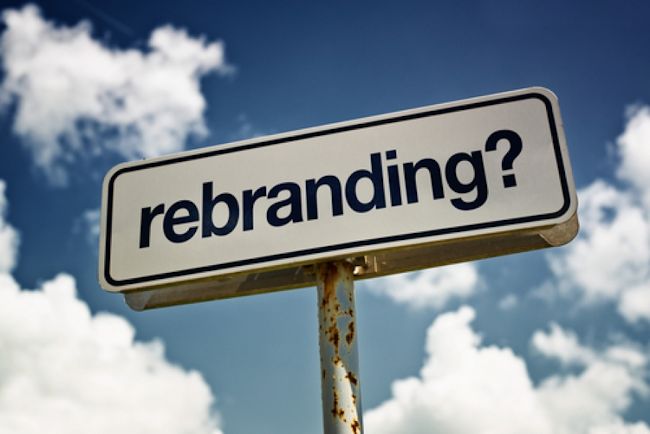
Is hotel rebranding trending, and is that a further sign of the recovering lodging industry? There have been a number of announced changes in hotel names and brands in the last few months, and while this may or may not signify an economic uptick, you can be assured that there has been a lot of work behind the scenes to get to this point for all of these venues.
A recent article noted there are many intellectual property issues involved in hotel rebranding, as well as the considerations of public opinion, current trends, and bottom line financials.
All of these factors are compounded given the general nature of hotels: large scale, significant reputation considerations, the considerable costs of the accompanying renovation (and usually updating) and replacing old inventory items that have the old brand, as well as the economic consequences of the time it takes (sometimes up to a year) for the unbranding and rebranding phases as well as reincorporating into the referral, booking, and online channels with the new name.
With all these issues already demanding time and resources, it makes sense to be very sure that the new brand to be adopted is available and that it will be a strong brand. Every company relies on trademark laws to communicate to consumers and to protect the reputation of its business. Making sure your new brand is not too similar to any other existing brand or trademark (including trade dress or other protectable elements), and then registering and managing your rights and responsibilities worldwide and online prevents your marketing and advertising resources and goals from being wasted. Examples of learning these lessons the hard way include instances when Hard Rock Café sued Hard Rock Hotel for trademark infringement; Hershey Entertainment & Resorts Company sued Radisson for calling its hotel Radisson Harrisburg Hershey; Barley Swine restaurant in Austin sued Barley & Swine restaurant in Florida; and Seacrets hotel in Maryland stopped use of SECRET SPOT as a name for restaurant services.
The benefit of a strong brand, if adopting a new one, is that you will be able to use the brand to refer to your business and reputation in a broad, confident manner, prevent others from using similar marks, and build up value and credibility with much more ease than with a mark that already has other similar users out there, and clearing the mark first can help prevent those schedule-interrupting cease and desist letters from third parties.
If you are instead switching to an existing brand, being aware of the strength of the brand’s intellectual property portfolio (worldwide trademark registrations, domain names, franchise or service agreements, web use, trade dress protections, etc.) as part of the initial due diligence can inform you of issues or hurdles or ongoing problems that will need to be considered or managed as the brand is adopted. For example, if the brand has had to send numerous cease and desist letters to others because the name is fairly descriptive, it would be important to include that aspect into future budgets. On the other hand, determining that the brand to be adopted has a strong portfolio of established rights and registrations would be an indication that the change would indeed bring value and stability to your endeavor.
Takeaway: For any of the many reasons to shift, update, adopt, or change a brand, evaluating the strength of the trademarks, trade dress, domain names, and other intellectual property elements should be included in the list of to-do items before proceeding. If you’re going to go with this trend, if it is one, you might as well go with confidence!
This article brought to you courtesy of CONVERGE by HospitalityLawyer.com

